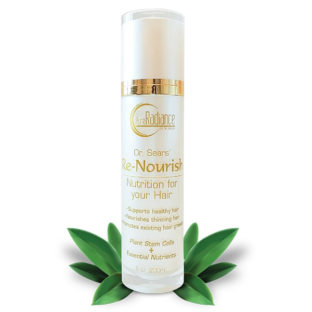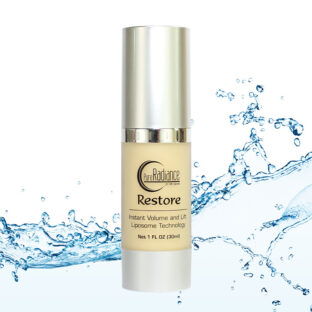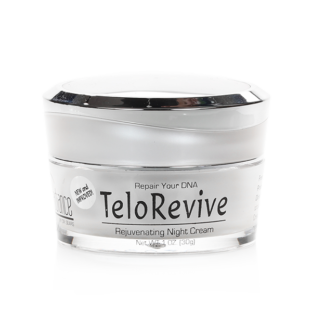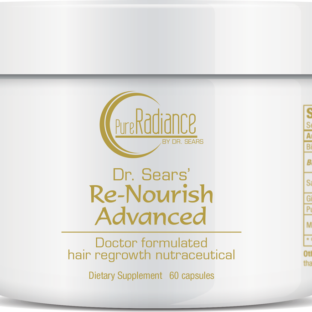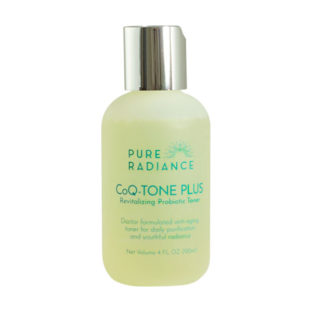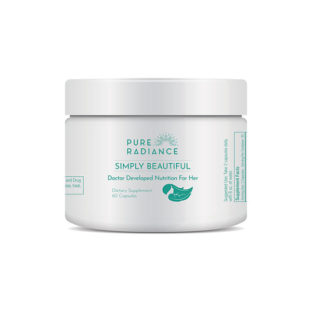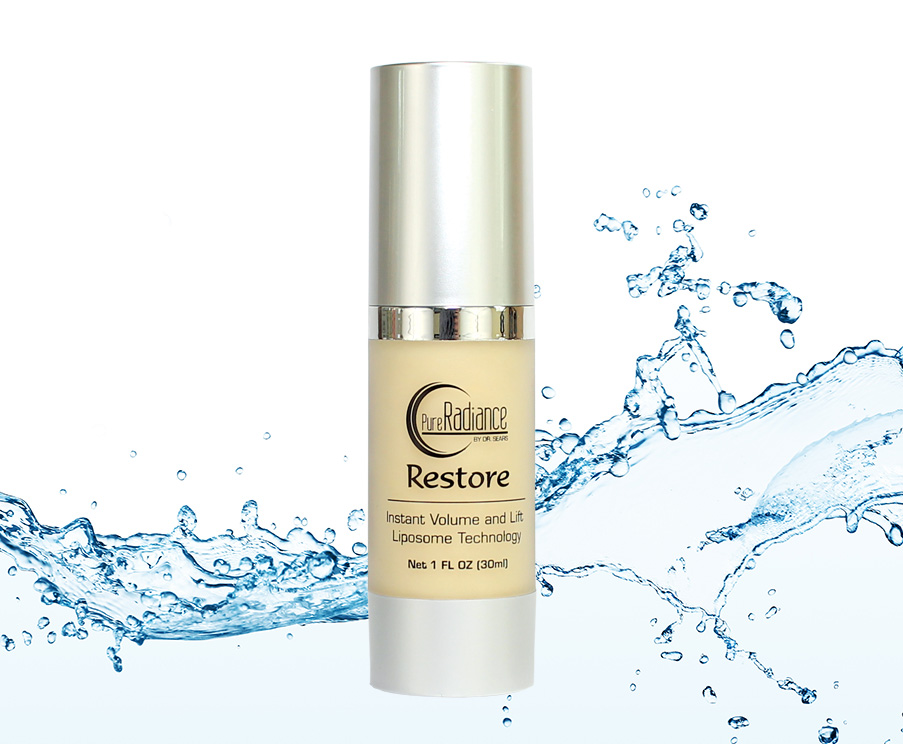
Menopause doesn’t have to mean dry, wrinkled skin. Hormonal aging is one of the main reasons why a woman’s skin starts to change during menopause.
But it’s not because you have too little estrogen.
It’s because you have too much…
You won’t hear that from your dermatologist or your OB/GYN. Traditional doctors are still convinced that your estrogen levels plummet when you go through menopause.
And in one way that’s true. As you transition into menopause, your ovaries stop ovulating and start to decrease their production of estrogen. And levels drop by as much as 60%.
But here’s what you don’t hear from most skin care “experts”…
When your ovaries start slowing down production of estrogen, your adrenal glands pick up the slack — and start their own production of this important hormone.
At the same time, the world today is flooded with fake estrogens from our polluted environment. When these alien estrogens — from plastic bottles, drinking water, deodorants and beauty products — get into your bloodstream, they attach themselves to your estrogen receptors.
In response, your body’s estrogen levels shoot through the roof. The result is what’s known as estrogen dominance.
And this destroys the delicate balance between estrogen and progesterone in your body — too much estrogen and too little progesterone.
The result is accelerated skin aging.
Does Your Dermatologist Ignore This Hormone?
Think about it… I’m sure you’ve noticed that pregnant women seem to glow. That’s because their progesterone levels are so high.
This revitalizing hormone is beneficial for skin elasticity and circulation. It helps thinning skin — especially on your face — to grow thicker and more elastic. Especially in the areas that dry out the most, like around your eyes, above your lip and on the forehead.
In one study of 40 menopausal women, researchers tested skin elasticity, wrinkle depth and hydration levels. Then they treated half the women with progesterone cream while the rest got a placebo.1
After 16 weeks, the women who used progesterone compared to the placebo group showed a:
- Dramatic reduction in overall wrinkle counts – 29.10% vs. 16.50%
- Reduction in overall wrinkle depth – 9.72% vs. 7.35%
- Greater decrease in “smile line” wrinkle depth – 9.72% vs. 6.62%
- Significantly higher increase in skin firmness 23.61% vs. 13.24%
But progesterone does more than reduce wrinkles and dry skin.
You Need This Hormone More Than Ever
Low levels are also associated with anxiety, fatigue, vaginal dryness, insomnia, depression, mood swings, migraines and changes in weight.
Progesterone also helps your body in ways you might not realize. It assists in thyroid function, helps you use fat better, regulates blood sugar, protects against some cancers and stimulates bone building.
Natural progesterone also proved to help reduce menopause symptoms without adding to breast cancer risks like prescription drugs do.2
When I see women with low progesterone, I prescribe a natural replacement. Within two weeks, they’re usually back to normal.
A high-quality bioidentical progesterone cream is often the best way to do it. The natural progesterone in the cream gets into your bloodstream and gently lifts your levels.
For more serious cases, I recommend you have a complete hormonal panel to determine which of your hormones are low. Your doctor can then prescribe a blend of natural hormones, identical to your own.
If you are interested in having your hormone levels checked, please call the Sears Institute for Anti-Aging Medicine at 561-784-7852.
Increase Progesterone To Decrease Wrinkle Depth
Meanwhile there are things you can do immediately to increase your body’s production of progesterone.
- Try to eat progesterone-boosting foods. Walnuts, cherries, chicken, red meat, wild yams, and spices like turmeric, oregano, and thyme all help your body with the process of making progesterone.
- Make sure you get the right nutrients. Women who have low progesterone often have low levels of zinc, magnesium, vitamin B-6 and vitamin C. I recommend you get your nutrients through food, but if you need to supplement, get at least 500 mg of vitamin C, 40 mg of B-6, 30 mg of zinc, and 400 mg of magnesium per day.
- Herbal secret to boost progesterone. One of my favorite herbal supplements that I recommend to women is chasteberry. It’s effective for many menopausal symptoms. It works by regulating pituitary hormones, which regulate estrogen, progesterone, and testosterone.
It’s a gentle hormone balancer. I use chasteberry to relieve depression, insomnia, and hot flashes associated with estrogen and progesterone decline. I use 300 mg in tablet form once a day.
In Gratitude,

Dr. Alison Levitt
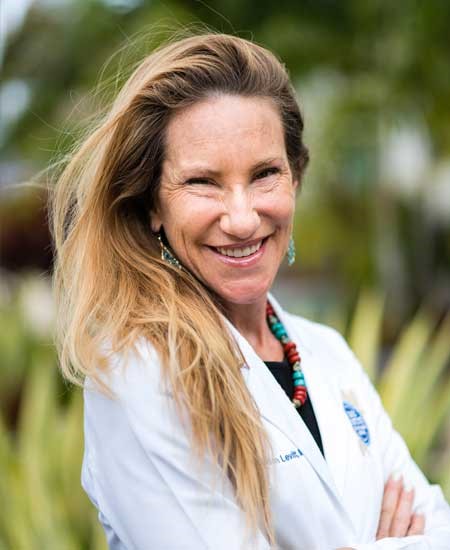 |
Dr. Alison Levitt brings more than 23 years of experience in regenerative medicine to the Sears Institute to give her patients total health and wellness – both inside and out.
She specializes in empowering patients to take back their health by maintaining their optimal health. Her patients get the most advanced regenerative medicine therapies to help reverse their health conditions.
References
1. Holzer G, et al. “Effects and side-effects of 2% progesterone cream on the skin of peri- and postmenopausal women: results from a double-blind, vehicle-controlled, randomized study.” Br J Dermatol. 2005;153(3):626-634.


